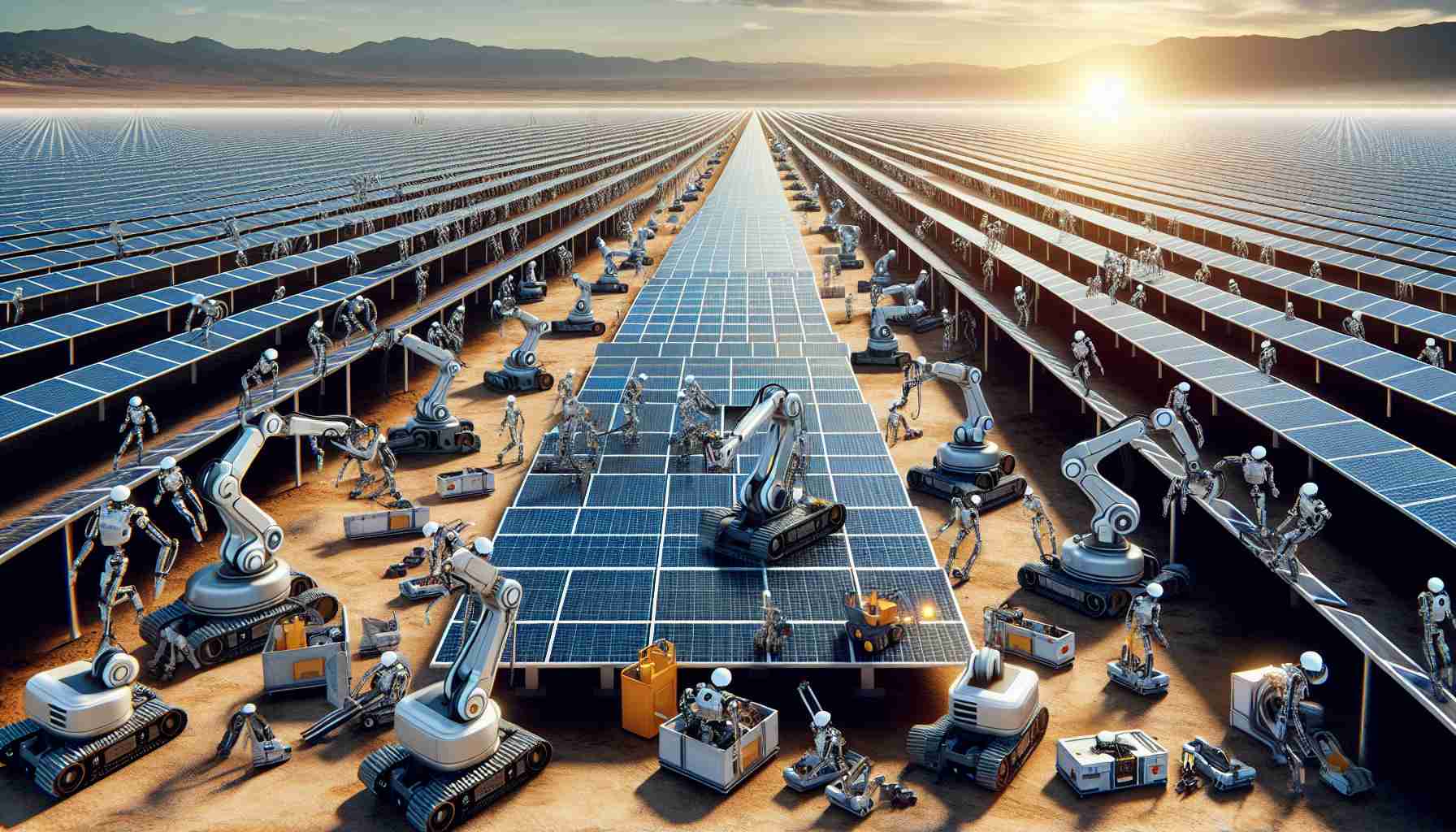In an exciting turn of events, the charming town of Peñaflor, nestled in Valladolid, Spain, is on the cusp of a revolutionary breakthrough in solar energy. Leading the charge is the company EDP with its trailblazing project: the construction of Europe’s premier robotic-built solar park. With an impressive capacity of 122 megawatts, this project will feature a three-megawatt segment constructed using state-of-the-art robotic technology.
Launched in 2022, EDP’s ambitious goal was to dramatically transform solar park construction by infusing automated solutions. Following extensive testing phases, the project finally materialized this July, positioning Valladolid as the forerunner in this innovative technological application. This marks a historic moment, as it’s the first instance of solar park construction achieved through robotic means.
The core aim of this groundbreaking initiative is to substantially boost construction efficiency, halving assembly timeframes for solar panel structures. Robots are tasked with arduous duties such as handling and installing the solar systems, which allows human operatives to concentrate on more skilled tasks. This synergy between human acumen and robotic precision is expected to revolutionize solar energy construction.
Safety and Environmental Benefits
Apart from enhancing efficiency, robotic technology significantly elevates safety standards by reducing human involvement in high-risk tasks, thereby minimizing accidents. Environmentally, this tech-savvy approach streamlines processes, cuts down material waste, and enhances energy yield, ultimately trimming the carbon footprint of solar projects.
Despite the transformative promise, challenges such as high initial investment and potential job displacement loom. Nevertheless, the dynamic union of human and robotic efforts heralds a new dawn for sustainable and efficient energy construction, setting the stage for a greener future.
Source: Revolutionizing Solar Energy Construction: The Rise of Robotic Technology
